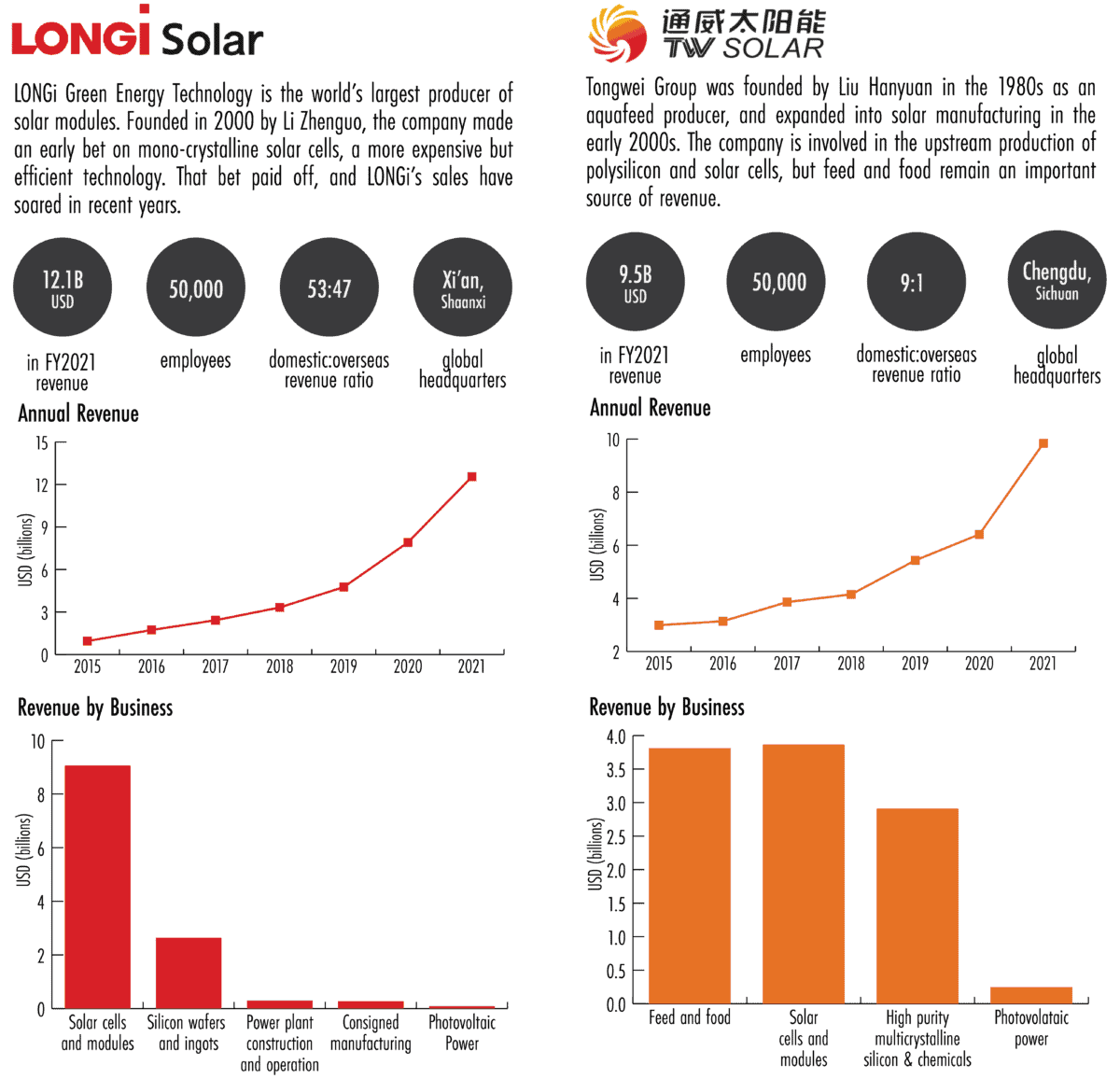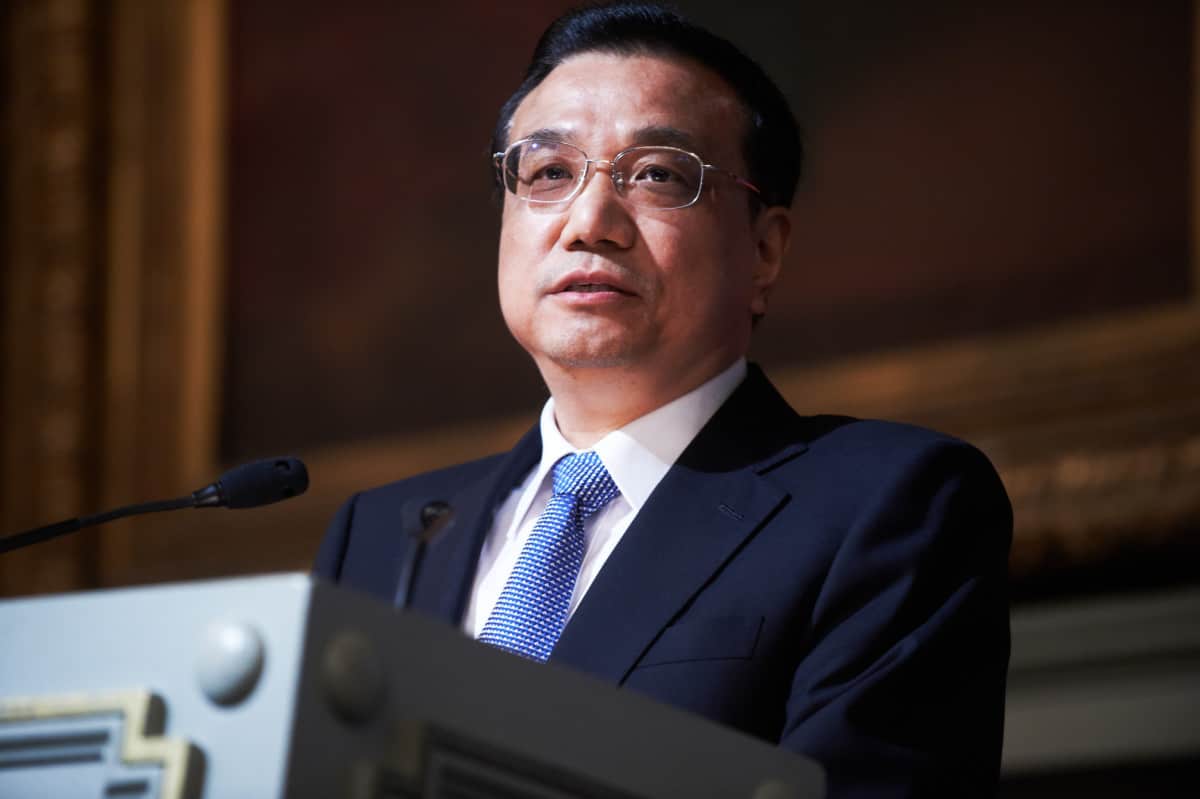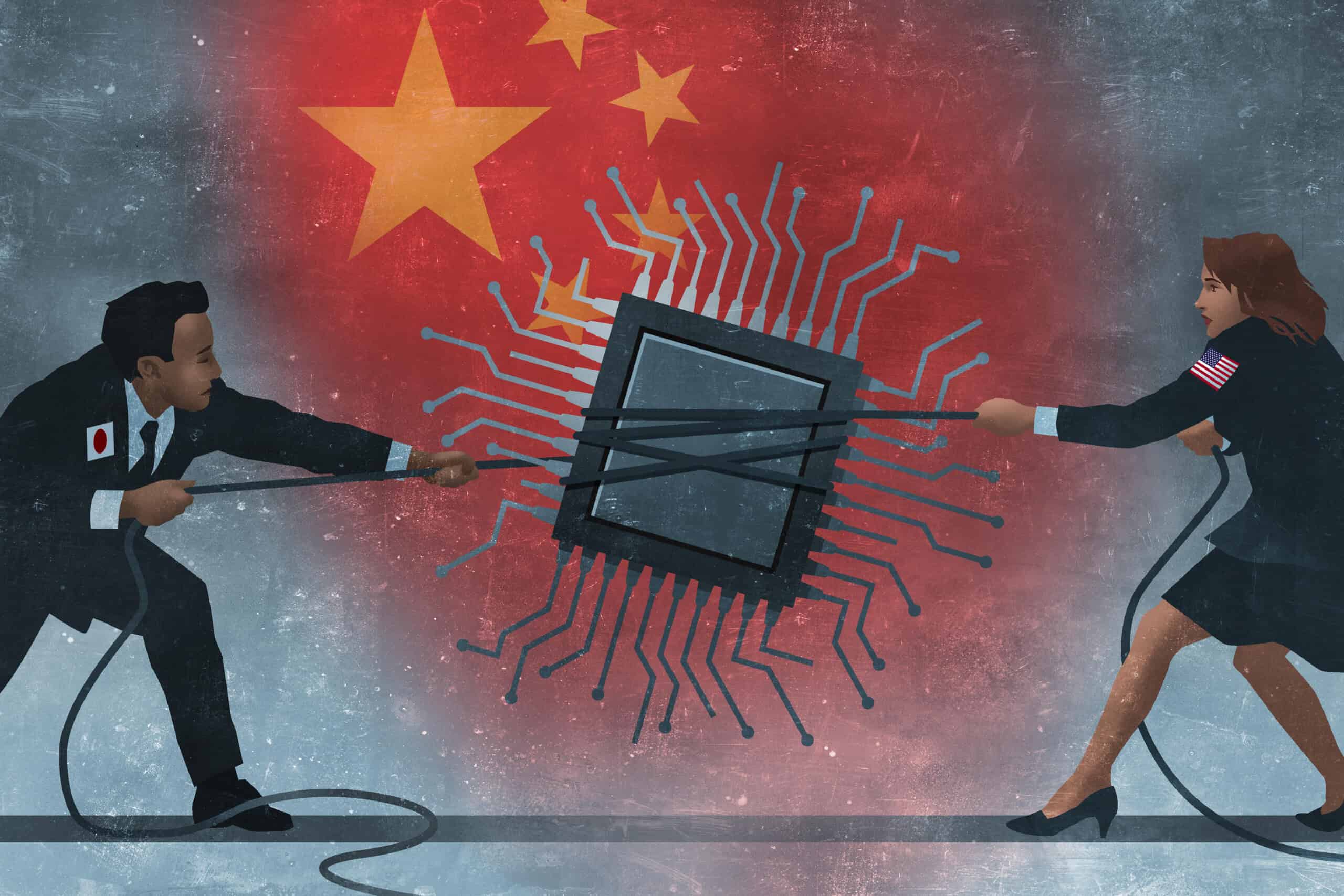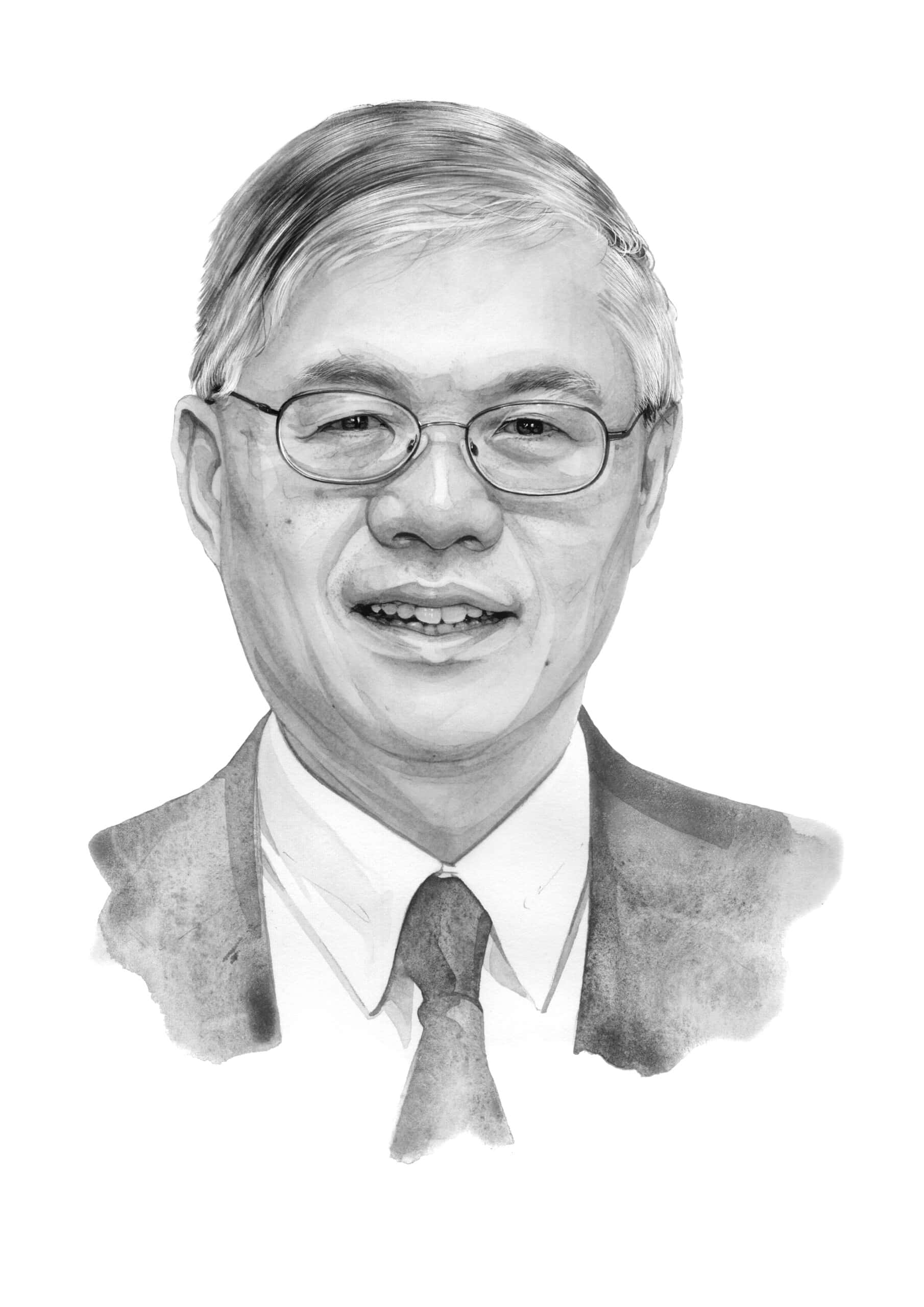Good evening. Xi Jinping has grand plans for China’s navy, which recently surpassed the U.S. navy in terms of number of ships. But as our cover story this week shows, if Beijing succeeds in its quest to build the world’s most powerful navy, it will have the China State Shipbuilding Corporation — and its customers, which include companies in the U.S. and Taiwan — to thank. Elsewhere, we have infographics on China’s solar suppliers; an interview with Darren Byler on ‘terror capitalism’ and digital control in Xinjiang; a reported piece on how Oracle may help TikTok continue operating in the U.S.; and an op-ed about the inner party pushback to Xi Jinping. If you’re not already a paid subscriber to The Wire, please sign up here.
Want this emailed directly to your inbox? Sign up to receive our free newsletter.

China’s Sea Change
The Chinese State Shipbuilding Corporation (CSSC) is the world’s largest shipbuilder, supplying everything from container ships to cruise ships to companies in the U.S., Taiwan and elsewhere. But as Brent Crane reports this week, CSSC also builds warships for China’s navy, which is modernizing rapidly and just recently surpassed the U.S. navy in size. Given this change, as well as China’s increasingly assertive military, many are now questioning the wisdom of placing orders with CSSC — and thereby funding the military capabilities of a potential adversary.

The Big Picture: Solar Suppliers
Although China has maintained a steady stranglehold on global solar output, the identity of the companies involved has been more variable. This week, our infographics by Eliot Chen look at the current leaders of the solar manufacturing race: who they are, how they got so big and their prospects of staying at the top.
A Q&A with Darren Byler

Darren Byler is an assistant professor at Simon Fraser University in Vancouver. An anthropologist and author, his research has focused on the dispossession of stateless populations — particularly Uighur Muslims in Xinjiang — through contemporary capitalism, digital infrastructure and colonialism. In this week’s Q&A with Jordyn Haime, he talks about ‘terror capitalism’ and digital control in Xinjiang as well as the tech breakthroughs that have come out of the region.
Darren Byler
Illustration by Lauren Crow

The TikTok Way
For the past few years, there has been growing U.S. scrutiny of TikTok, the popular Chinese social media app. It’s the world’s most downloaded social media app, and there is concern that the app could ship U.S. user information to China, and the app’s owner, Beijing-based ByteDance, might be able to share it with the Chinese authorities and somehow influence the U.S. information environment. Now, however, Texas-based tech giant Oracle is apparently moving ahead with a plan to sequester TikTok’s U.S. activity on U.S. servers. As Katrina Northrop reports, some analysts believe the plan could serve as a model for future cross-border activity between the U.S. and China.

Is there Inner Party Push Back to Xi’s Economic Policies?
Formal opposition to Xi Jinping is highly unlikely, but as Victor Shih argues in this week’s op-ed, that doesn’t mean there isn’t disquiet about his way of operating. With leaders like Premier Li Keqiang recently demonstrating an alternative style of leadership that seeks to create a better business environment in China, the question is how Xi Jinping interprets such actions.
Subscribe today for unlimited access, starting at only $19 a month.



